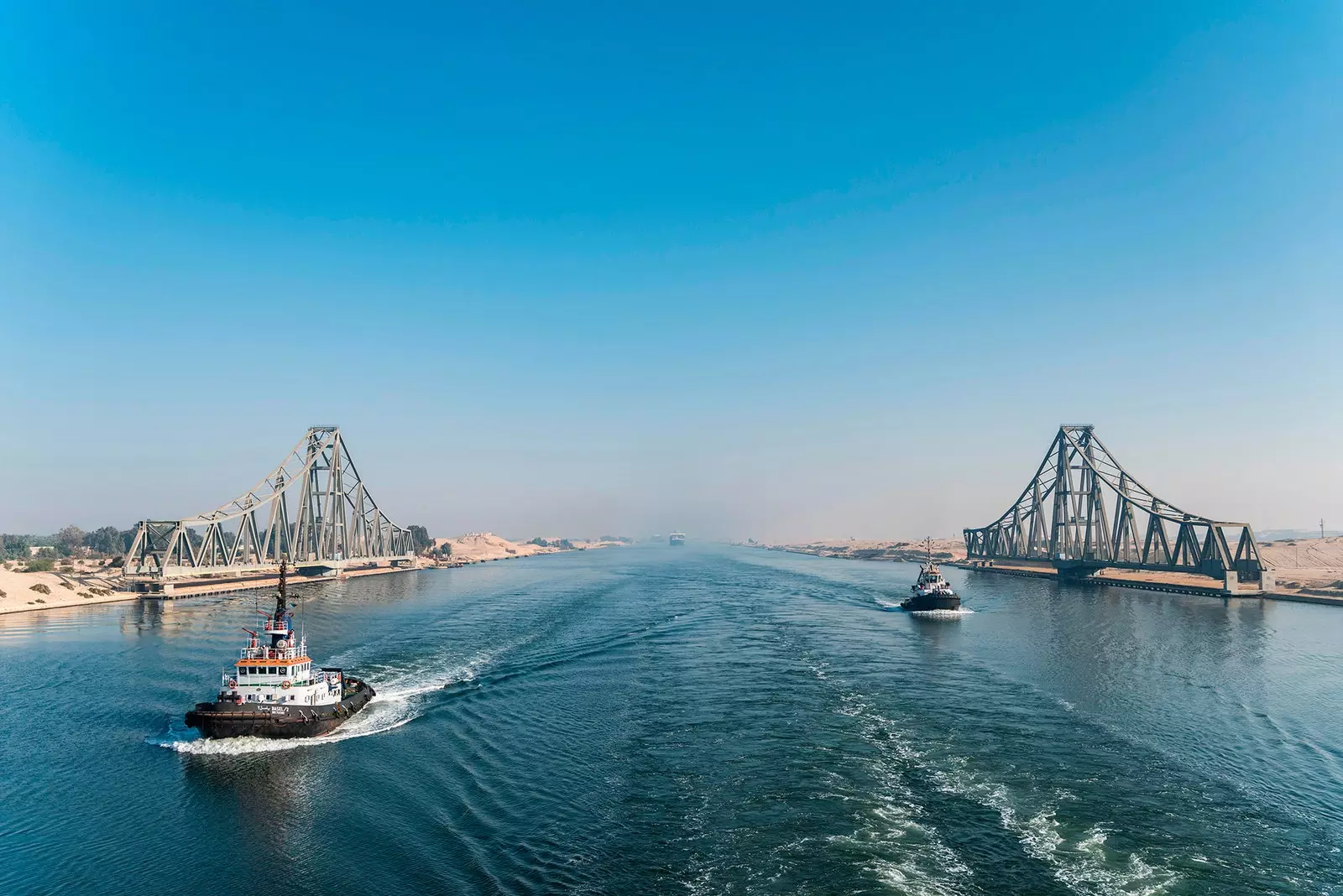
El Ferdan Bridge, near Ismailia
Egypt has always represented for his situation a crossroads of cultures. But if there is a place in the country that symbolizes this aspiration, it is the Suez Canal: the meeting point of Africa and Asia, and where the waters of the Mediterranean and the Red Sea merge.
Although there were ancient precursors that connected the two seas through the Nile, the modern dream of the canal did not emerge until Napoleon Bonaparte's military campaign in Egypt in the late 18th and early 19th centuries. Specifically, it was a group of French enthusiasts, including the diplomat Ferdinand de Lesseps -who would end up being its promoter- those who convinced the authorities to take on the feat, which would be completed a distant November 17, 1869 after huge Egyptian sacrifices.
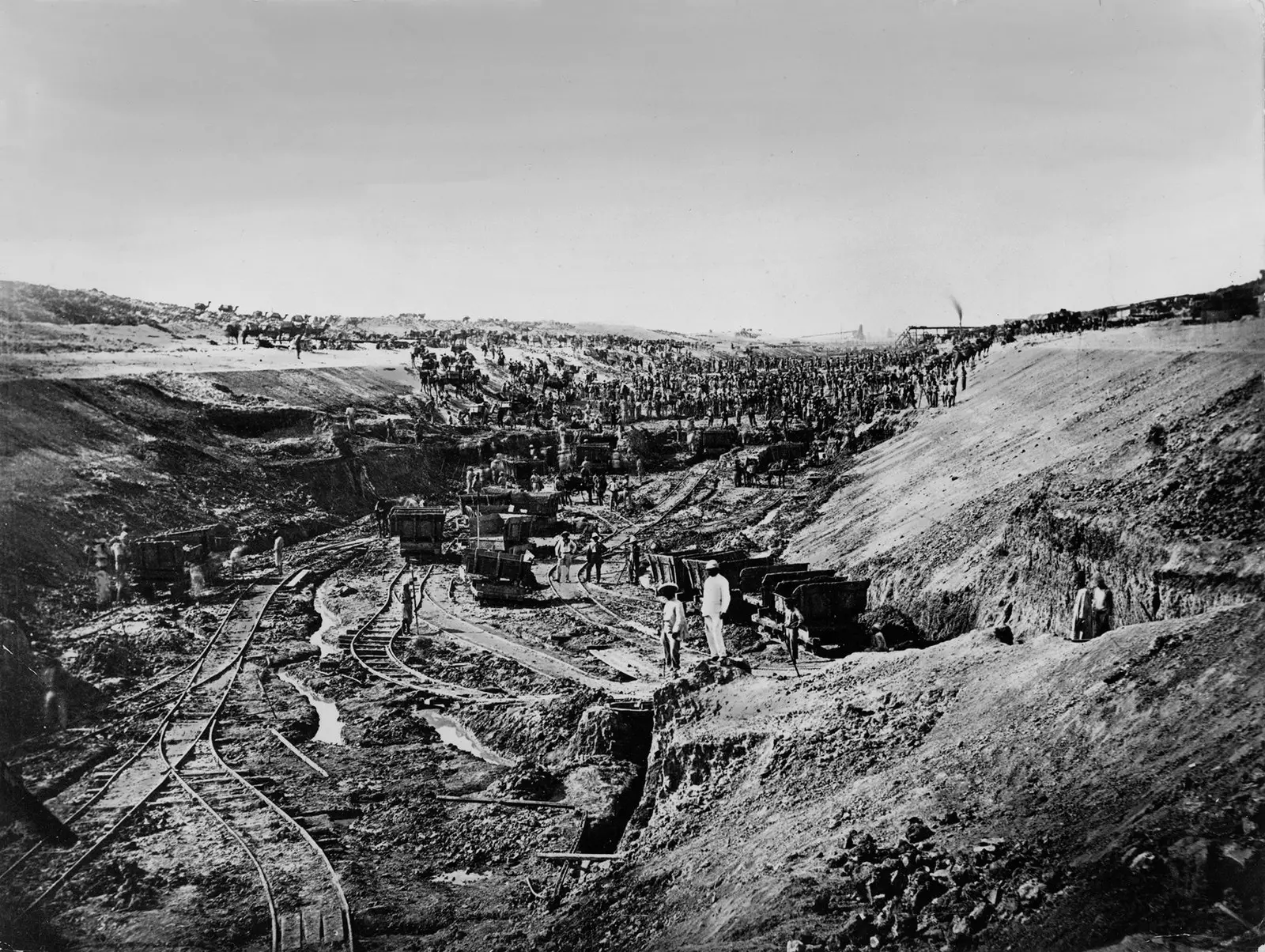
Works for the opening of the Suez Canal supervised by Lesseps
In addition to the concession for the Canal, De Lesseps and his team received permission to build settlements that facilitated and promoted the project. And this is how the cities of Port Said, Ismailia and modern Suez, three cities that often escape the radar of those who visit Egypt despite their historical significance for the Arab country.
Unfortunately, all of them were particularly affected by the wars between Egypt and Israel since 1956, year in which the new Egyptian military regime also nationalized the Canal. The greatest damage occurred between 1967 and 1973, a period in which the three cities were evacuated at the same time. But despite this, the three still have relics that allow us to enter a time as glorious as it is dramatic in Egyptian history.
The fact that until now Egypt has not developed the Suez Canal from the tourist point of view makes the tour a bit difficult, especially if Suez is included. So for those who don't have the couple of days that would at least be required to do it, a day trip to Ismailia or, above all, to Port Said, They are a sufficient alternative.
Leaving from Cairo, Suez is the closest city, about two hours from the capital. This is the only one of the three that was already waiting when the Canal arrived, but its evolution is intimately linked to it. Unfortunately, it is also the one that suffered the most from the wars with Israel, and today it has little to offer to those who come to visit it.
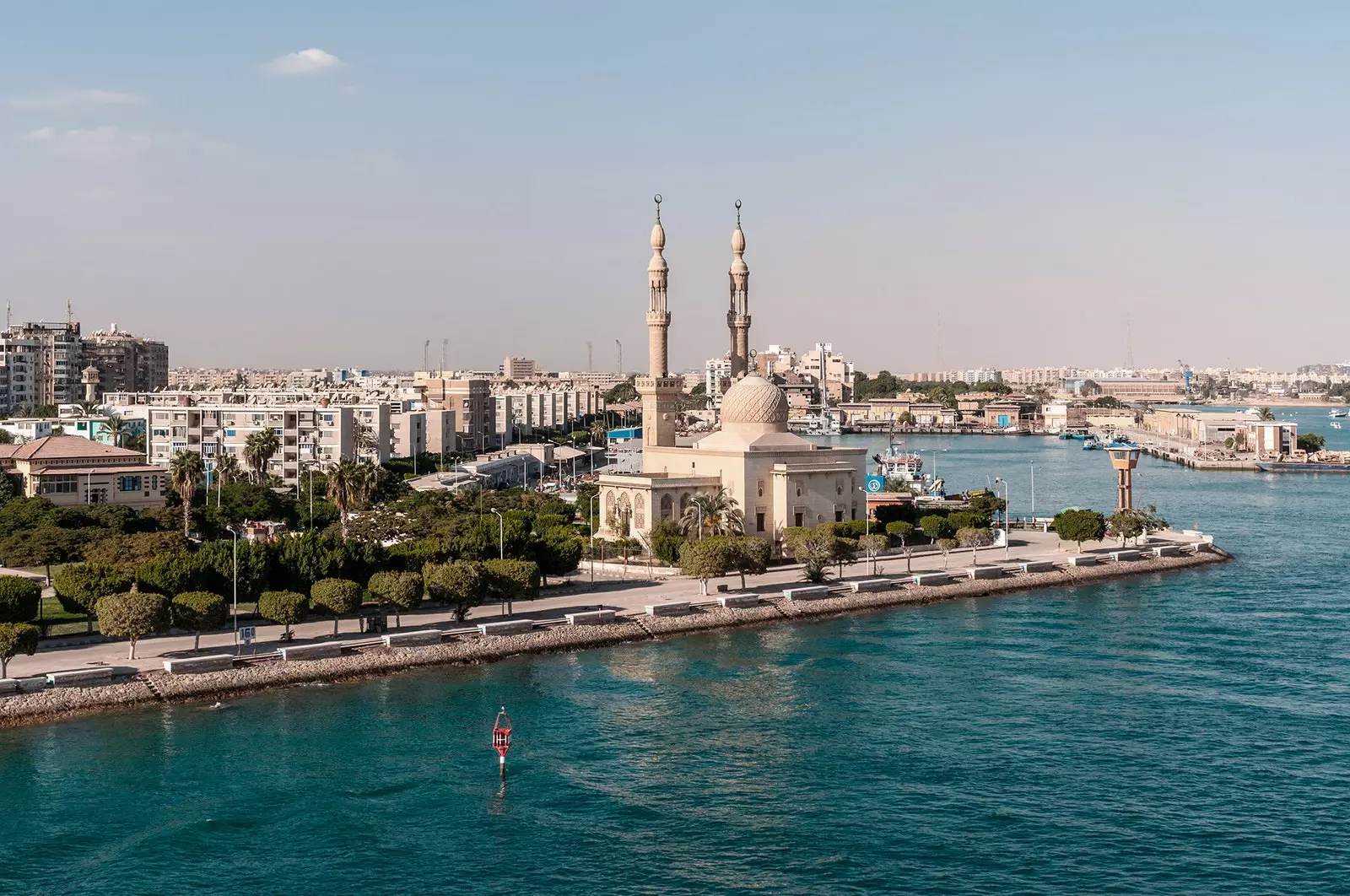
From the neighborhood of Puerto Tawfik you can see the Canal
If you still decide to go through it, the best option is to go directly to the Port Tawfik neighborhood, which rests right at the end where the waters of the Red Sea enter the Channel.
A good way to observe it is from one of the informal cafes that act as involuntary viewpoints , and it is advisable to keep the stamp on the retina since there are not many opportunities to physically see the Canal in the other sections, due to the eternal suspicion with which the security forces guard it.
In addition, Puerto Tawfik preserves some former residences of the British colonial era worth seeing before heading to the next city on the Canal.
Ismailía is the first stop that will be worthwhile for those who do not mind missing the symbolism of contemplating the arrival of the Canal to Port Tawfik. Founded under this name in 1863 in honor of the Egyptian viceroy of the time, Ismail Pasha, it was in this colonial city on the shores of Lake Timsah where De Lesseps and the Canal administration would be established.
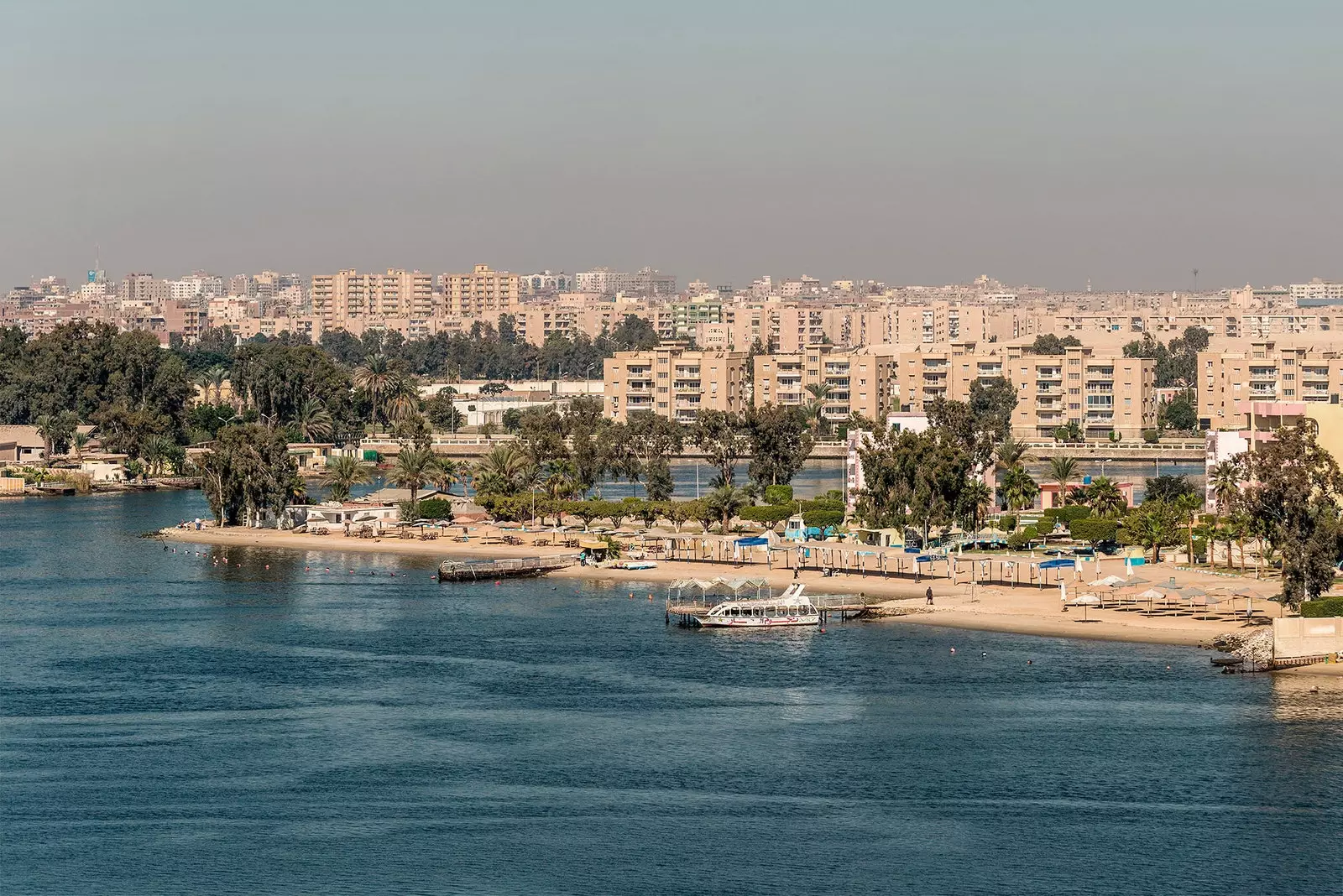
Ismailía, the first stop that will be worthwhile on your tour
The heart of the city, and its most important places, are in the French-designed historic lakefront neighborhood. Its urban plan, drawn up on the basis of five equal gridded parts, can still be seen walking through the streets surrounding the tree-lined republic squares and of Mustafa Kemal.
In addition, it is between these streets where the chalet that welcomed De Lesseps, Although it cannot be visited, it is worth admiring from a distance, since it is the only structure of these characteristics that remains in the city. Just in the next block should soon open its doors to the public the International Museum of the Suez Canal.
In front of De Lesseps's chalet a path is made a splendid landscaped walkway along a small freshwater canal that runs through the historic quarter below and leads to the Ismailia Museum , founded in 1934 by engineers of the Suez Canal Authority to exhibit ancient objects that were found during its construction.
Although the museum is expendable for those who are saturated with the Ancient Age, the serene streets around it hide elegant villas from the end of the 19th century that draw an image of the colonial era that is worth wandering through.
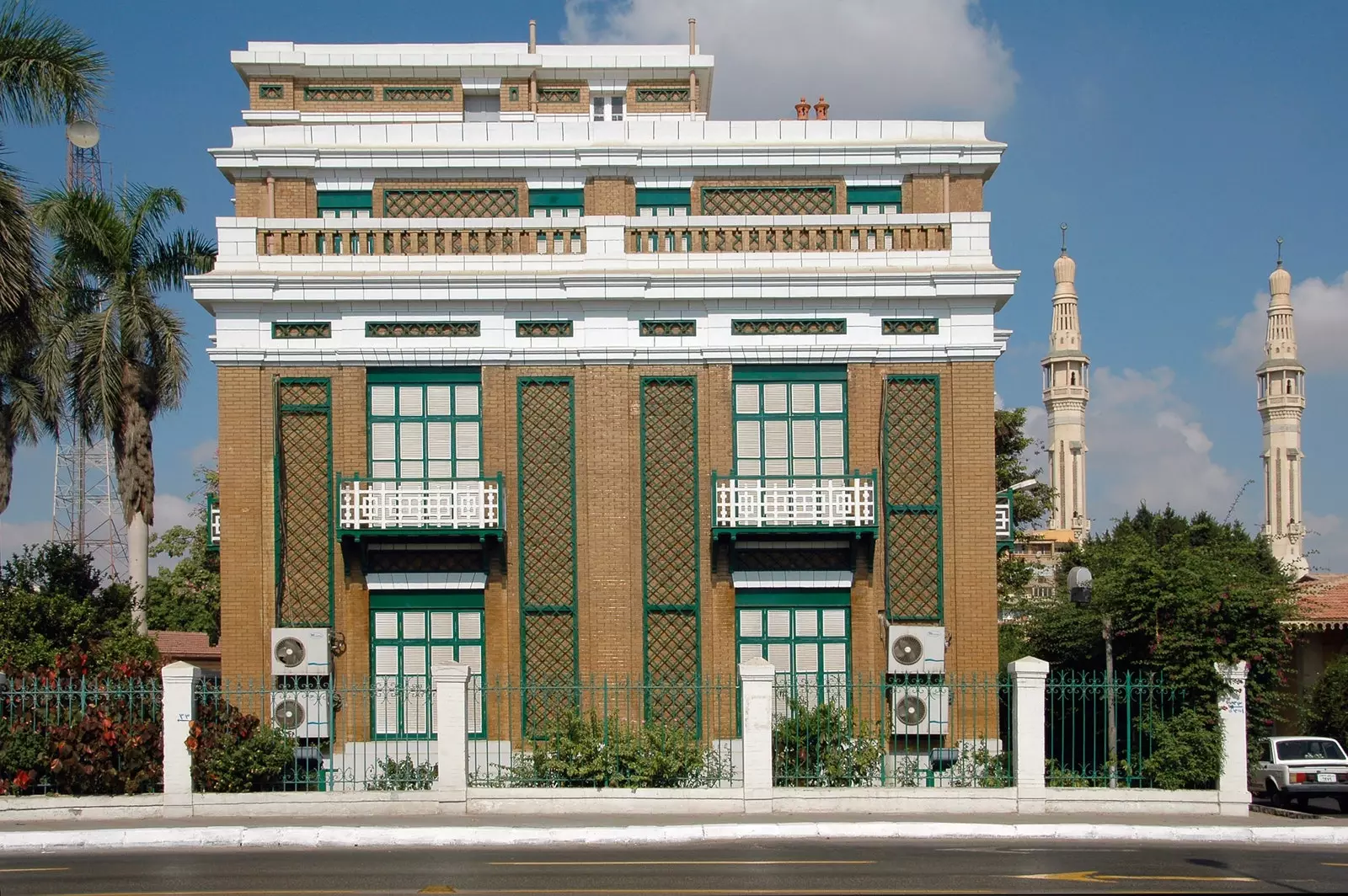
Be sure to admire the colonial-style buildings of Ismailia
With the permission of Ismailía, the third city of the Channel, Port Said , is the icing on the cake. Founded in 1859 by Viceroy Mohammad Said after whom it was named, cosmopolitan Port Said quickly became the second most important port in Egypt.
However, the city never flourished as initially envisioned, and more than a melting pot of cultures, it became a great transit center, as can be seen from the first illustrations of the adventures of Tintin in the album of The Pharaoh's Cigars.
Nonetheless, the city has a marked character of its own in which to immerse yourself. As in Ismailia, the most illustrious part of Port Said is in the streets of its old town, for which it is easy to get lost observing numerous buildings from the late nineteenth and early twentieth centuries. Some are nicely renovated, like the magnificent **Hotel de la Poste,** but most are visibly worn by the passage of time and lack of care.
Here they stand out two types of emblematic facades to admire. The former, of which few copies remain, have wooden verandas of up to three and four floors considered unique in the world. The latter, which proliferated following the prohibition of the former, have arcaded facades inspired by the Parisian Rue de Rivoli.
Port Said also has a long walk in front of the Canal that allows to wander with rest while contemplating The best views what one can expect from the above and numerous historic buildings and monuments.
At one end of the ride stands a sturdy base that supported a statue by De Lesseps until its demolition in 1956. Later it stands the peculiar building of Simon Arzt, the first department stores in the city, and at the other end rests the spectacular administrative building of the Canal Authority.
From there, you can also cross the Channel on a free ferry to the suburb of Puerto Fuad. The boat trip, which symbolically connects Africa and Asia, offers not only a unique opportunity to contemplate the Canal from within, but at the same time a privileged perspective of the house of the Canal Authority and its famous greenish domes.
The tree-lined streets that make their way behind the mosque that receives the passengers of the ferry in Puerto Fuad, also exhibit lines of french-inspired villas that offer a good picture of past times with which to close the route.
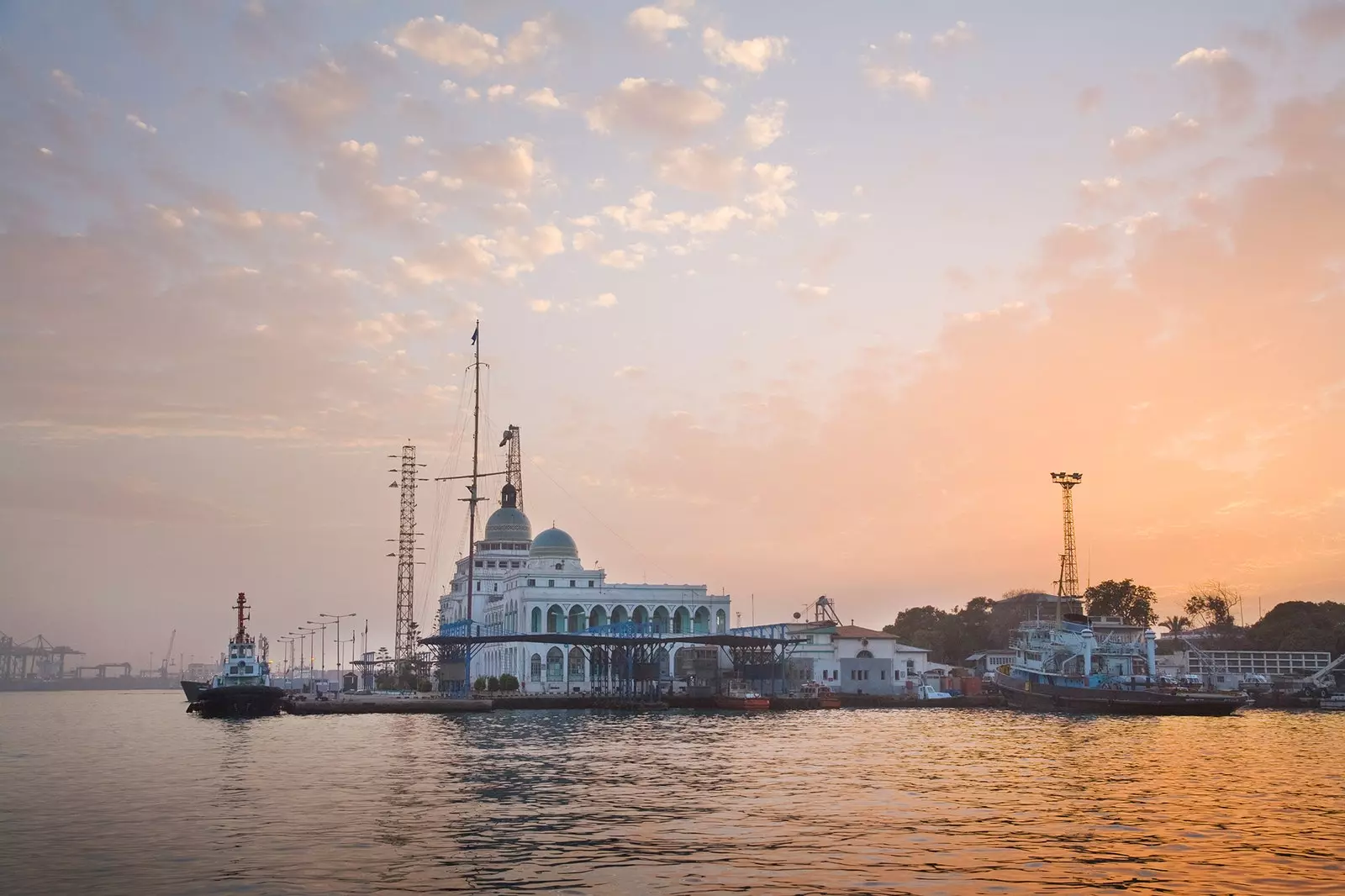
Administration building of the Canal Authority in Port Said
